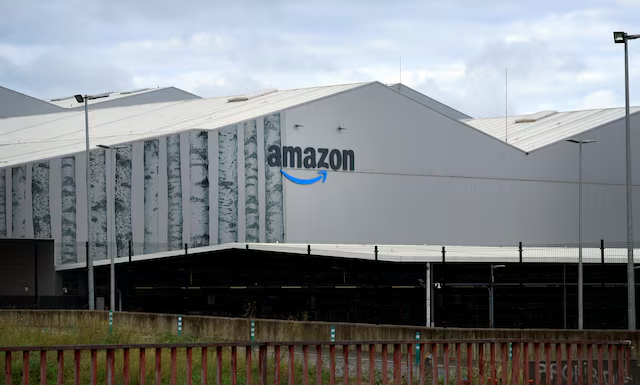Shares of Amazon.com (AMZN.O) dropped more than 12% on Friday after the company reported a deceleration in online sales growth for the second quarter and noted a consumer shift towards cheaper purchasing options. This trend aligns with broader consumer behavior, which is increasingly value-conscious, and precedes the upcoming quarterly results from retail giant Walmart (WMT.N).
Amazon CEO Andy Jassy commented on a post-earnings call that customers were opting for lower-priced items when possible. The company’s shares were trading around $165, with the stock among the largest drags on the Nasdaq. If the losses persist, Amazon could see a market value reduction of approximately $188 billion.
“Consumer spending trends facing retail peers appear to have finally caught up with Amazon’s P&L,” said Michael Morton, an analyst at MoffettNathanson.
In the second quarter, Amazon’s online store sales grew by 5% to $55.4 billion, down from a 7% growth rate in the first quarter. The company faces heightened competition from e-commerce rivals like Temu and Shein, which offer a wide range of products at significantly lower prices, directly from China.
“Amazon faces two challenges this year: a consumer that continues to search out lower prices and competition largely from discount sites such as Temu and Shein,” explained Art Hogan, chief market strategist at B. Riley Wealth.
Additionally, United Parcel Service (UPS.N), the world’s largest package delivery company, is increasing fees to boost revenue. This move comes as low-margin, slower deliveries from Temu and Shein constitute a larger share of UPS’s business. Notably, Amazon is UPS’s biggest customer.
Despite these challenges, Amazon’s quarterly profit and cloud computing sales surpassed analysts’ expectations. Revenue from Amazon Web Services (AWS), the company’s cloud division, rose by 19% to $26.3 billion, exceeding forecasts. This performance stands in contrast to Microsoft’s (MSFT.O) Azure cloud division, which recently fell short of market estimates, raising concerns about Big Tech’s significant AI investments.
Seattle-based Amazon is striving to catch up with rivals Microsoft and Google (GOOGL.O) in the development of advanced large language models capable of responding to complex queries or prompts.
Amazon’s forward price-to-earnings ratio for the next 12 months stands at 33.92, compared to Alphabet’s 20.46 and Microsoft’s 30.88, according to LSEG data.
Overall, while Amazon’s cloud unit continues to perform well, the company faces substantial challenges in its retail segment due to shifting consumer behavior and intensifying competition from discount e-commerce platforms.
READ MORE:
